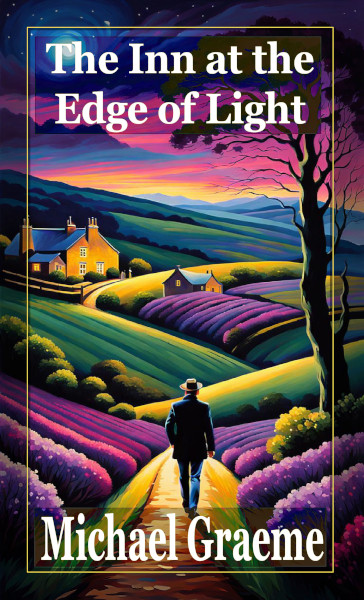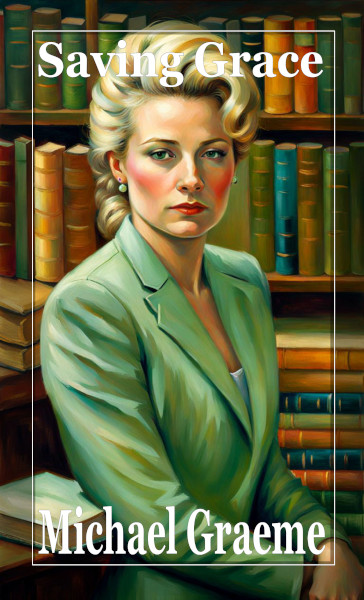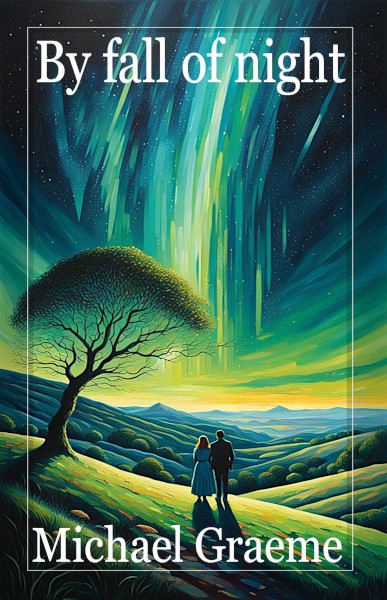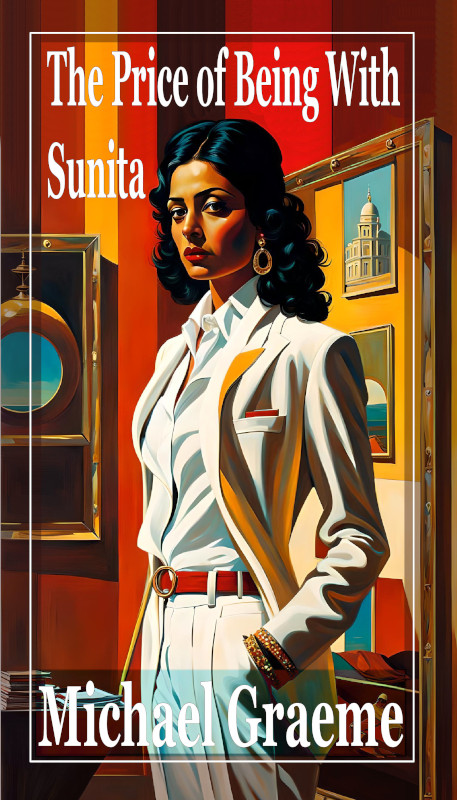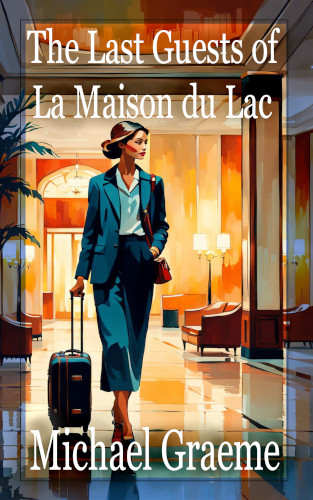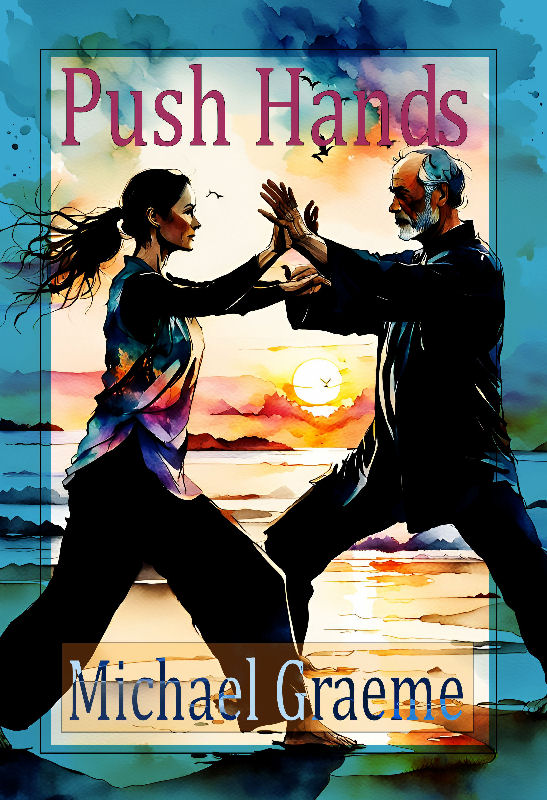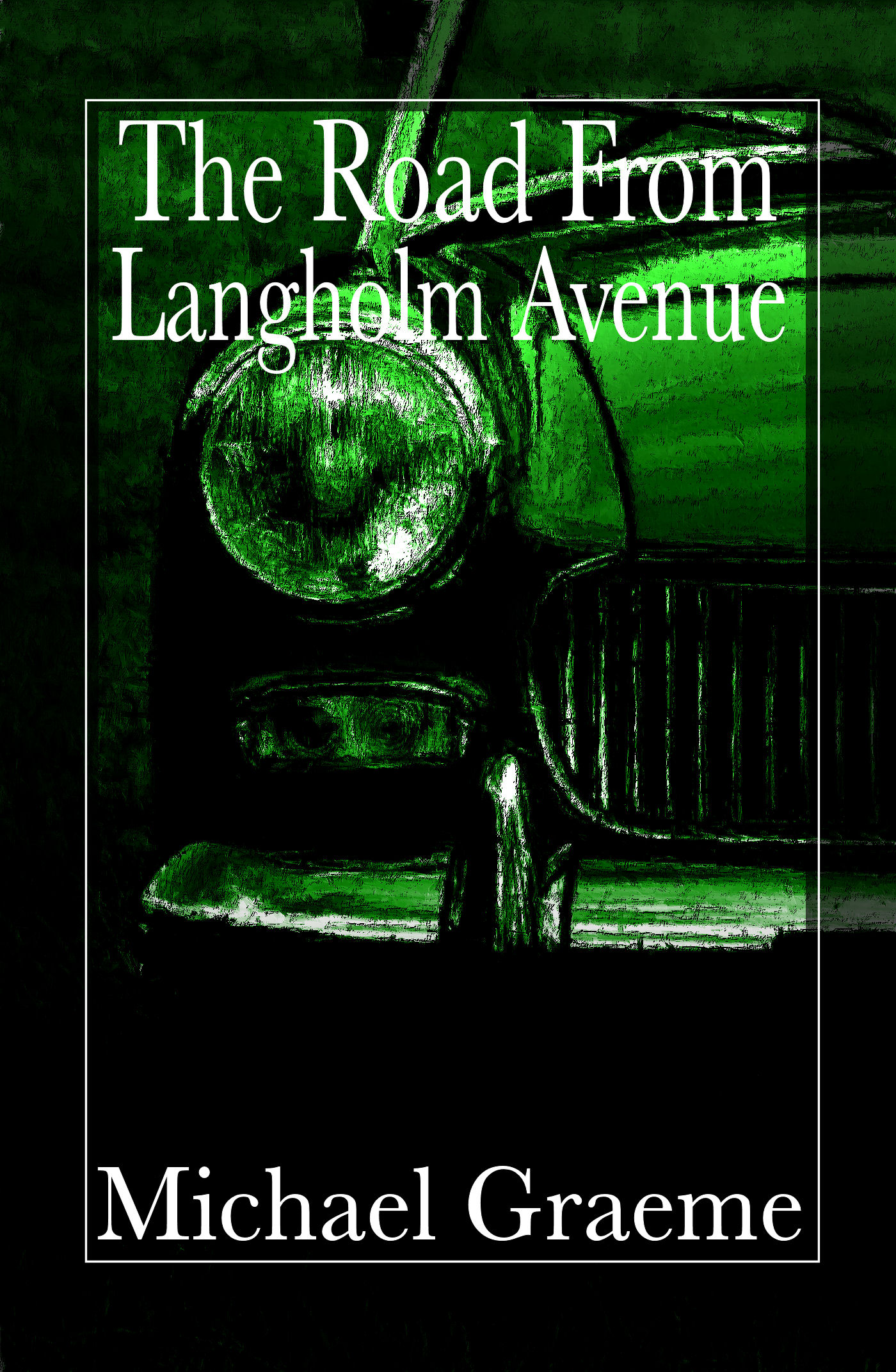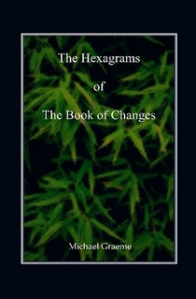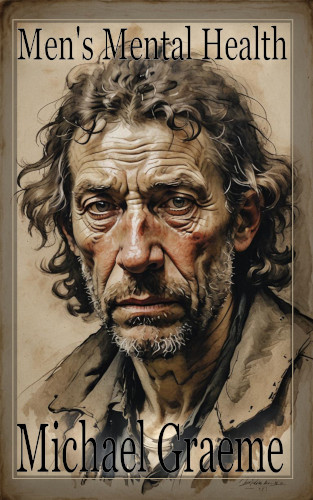Slaidburn is the self styled touring capital of the Forest of Bowland which this year celebrates 50 years of being designated an area of outstanding natural beauty. Bowland is a vast tract of peat upland in northern England, mostly wilderness, dotted with occasional rounded hills which lend a gently soaring splendour to bog and windy bleakness. It’s also grouse country, much of the land hereabouts being owned by a few wealthy individuals for farming and shooting – one of them being the Duke of Westminster.
Slaidburn also styles itself as a centre for hillwalking, but I’ve never thought of it that way. Indeed I am from a generation of walkers for whom Bowland was never much on the radar due its aggressive attitude set against public access. Rights of way have always existed here, but they were sparse and I always found them to be of little use for a day’s walking, tending more towards the impossibly remote and leading to nowhere you could easily get back to from a parked car. Attractively named peaks: Wolfhole Crag, Wards Stone, Nicky Nook, and many others were simply out of bounds. Interesting walks – horseshoes, rounds, and any genuine, intimate exploration of this so called “area of outstanding natural beauty” inevitably involved trespass.
As an apprenticed walker I grew up on tales of a past generation for whom forays into Bowland had the air of a special forces raid, avoiding local spies and gamekeepers in order to bag the peak and brag about it afterwards. A friend of mine was once run to ground among the crags of Ward’s Stone by the keeper’s dog. He befriended it by sacrificing his packed lunch, which kept the dog happy while he made good his escape, losing the keeper in the mist. This story is possibly a myth, but a good one. For myself I preferred to avoid conflict and usually headed on up to the Lakes, or the Dales instead where the ways were more certain, the peaks loftier, and the welcome more assured.
The Countryside and Rights of Way Act of 2000 did much to secure access to Bowland’s upland regions, but actual walkable paths are still sparse. There are some permissive routes, all liable closure at short notice. I’ve had a day’s walk cancelled by local restrictions – access to Ward’s Stone peremptorily closed because of a shoot. That day I remember watching as a convoy of glittering black Range Rovers crossed the russet moor like a fleet of galleons. Inside were quaintly dressed gentlemen with guns. I’d driven 50 miles, so turned around and drove 50 more back home.
Slaidburn was always more of a place to bring the kids for picnics on the green, not usually to walk, but there are a number of lowland routes you can enjoy from here without trespassing, though you need good navigation skills and keen eyesight to spot the way markers and, where the markers have “disappeared”, a fair amount of imagination and a magnanimous attitude to failure.
A foggy day in November isn’t the best of times to visit anywhere, but Slaidburn put on a good show today, managing to look homely and quaint. Mostly sixteenth century and with very little modern development, this attractive, unspoiled village – formerly in the west riding of Yorkshire – has a timeless quality about it. Photographs of Slaidburn are best dated by the style of the motor cars. Shoot in sepia today and the village still has a timeless air about it. Built from a mixture of locally sourced limestone and sandstone, it has a picturesque quality, aided by the lack of road-signage, telegraph poles and powerlines that festoon other places. By contrast modern developments do not respect the local character of a place, indeed their building materials may well have come from China. Not so Slaidburn. This is definitely England, and northern, and very, very old – so old it is, in part, still Feudal.
My walk for the day took me past the Hark to Bounty pub, following the little road, Town End, northwards, out of the village, where I picked up the first of a series of farm tracks and then fast vanishing footpaths that threaded their way across upland meadows, back towards the peaty glide of the River Hodder, at Newton. Hill fog and near 90% humidity made for a steamy walk with misting spectacles and rather poor views across the Bowland Fells.
 There’s a bleak grandeur about this landscape, something that stirs the heart, but I have to admit my heart wasn’t exactly on the walk today so much as it had been on the drive over Waddington Fell from Clitheroe. I’ve crossed that fell dozens of times in hatch-back commuter-mules, playing eye-spy with the kids to keep them occupied. Today I’d driven alone in a little roadster that’s been making every journey I take in her something really special. She was down on the carpark, waiting for me, muck splattered, and to be honest all I was thinking about was enjoying the drive home again.
There’s a bleak grandeur about this landscape, something that stirs the heart, but I have to admit my heart wasn’t exactly on the walk today so much as it had been on the drive over Waddington Fell from Clitheroe. I’ve crossed that fell dozens of times in hatch-back commuter-mules, playing eye-spy with the kids to keep them occupied. Today I’d driven alone in a little roadster that’s been making every journey I take in her something really special. She was down on the carpark, waiting for me, muck splattered, and to be honest all I was thinking about was enjoying the drive home again.
I am not as attached to Bowland as other walkers are. I suppose it’s had its back to me for too long, and to be frank there are other places more understanding of and amenable to my motivations as a hill man. I was open to inspiration of course, as ever, but it was slow coming.
But then, sometimes, the unexpected happens, like fetching up on a dour, black, wind-blasted farm, sunk in mud, like something from a Gothic novel. And there were birds – great murmurations of birds, like smoke, wheeling about, rendering alive the aged roof of the byre in which cattle sulked in muck, birds perched brassily long their backs and heads, robbing feed and bedding – a mad cacophony of shrill birds and lowing cattle.
Lonely places, these, a hard living from the earth, hunkered down among decaying farm detritus and, for the walker, always something intimidating about it when the path turns through the yard, and the dogs are barking, and the black windows of the farm are staring at you in accusation. And the tractors look tired and rusty. I would have liked a friendly face, a cheery wave, someone to point me in the right direction, but there was no one about and I had to guess my way. I’ve had a chill feeling in my gut all weekend, thinking about that place – a place ravaged by marauding murmurations of birds. And loneliness.
The paths became less helpful as I went on, markers missing, ladder styles that lured you into the wrong meadow – meadows from which there was no escape without a long back tracking – and all this shenanigans with GPS and Sci-Fi navigation app on my ‘phone to mark the way. No, this is hardly a popular area for pedestrians, and I wondered what had brought me there other than curiosity. Sometimes the way could only be discerned by a bit of rubber insulation over the electric fences, then giving on to long trackless runs where it appeared neither man nor beast had trod in centuries. If you like your waking lonesome, then Bowland is for you. Come November, midweek, you’ll feel like the last man alive.
I was glad to pick up the surer way of the riverside path at Newton, by the Hodder, a path that led me back to Slaidburn across the wide, landscaped, sheep cropped meadows, and under the multifarious windows of the imposing Dunnow Hall. I had been walking for a couple of hours and seen not another soul, but came now upon my first encounter with fellow man – a muddy Landrover patrolling the fields.
I got a wave and a friendly nod as I made way through thickening mist and a light rain. Tough life, farming, summer sun and winter rain, here as anywhere and enough to do without having to maintain a footpath network as well, so the occasional blundering pedestrian can cross your land without getting lost. Loneliness is a state of mind. We are all lonely. Looking for connection, for a friendly face.
I appreciated that wave. Good to know Slaidburn is still a friendly place. Seek it out sometime; take a picnic on a sunny summer’s day, some bread for the ducks. But walking?
Nah,..
Now, driving on the other hand:
Yes, as a touring stop-off, a quick coffee in the cafe and even a look at the Church of St Andrews (est in the 1400’s) and which I highly recommend, Slaidburn’s your place. But unless you’re coming here in a Mk2.5 Mazda MX5, designed in Hiroshima, Japan,… I’ll wager you won’t enjoy the drive half as much as I did!
🙂
Goodnight all.













